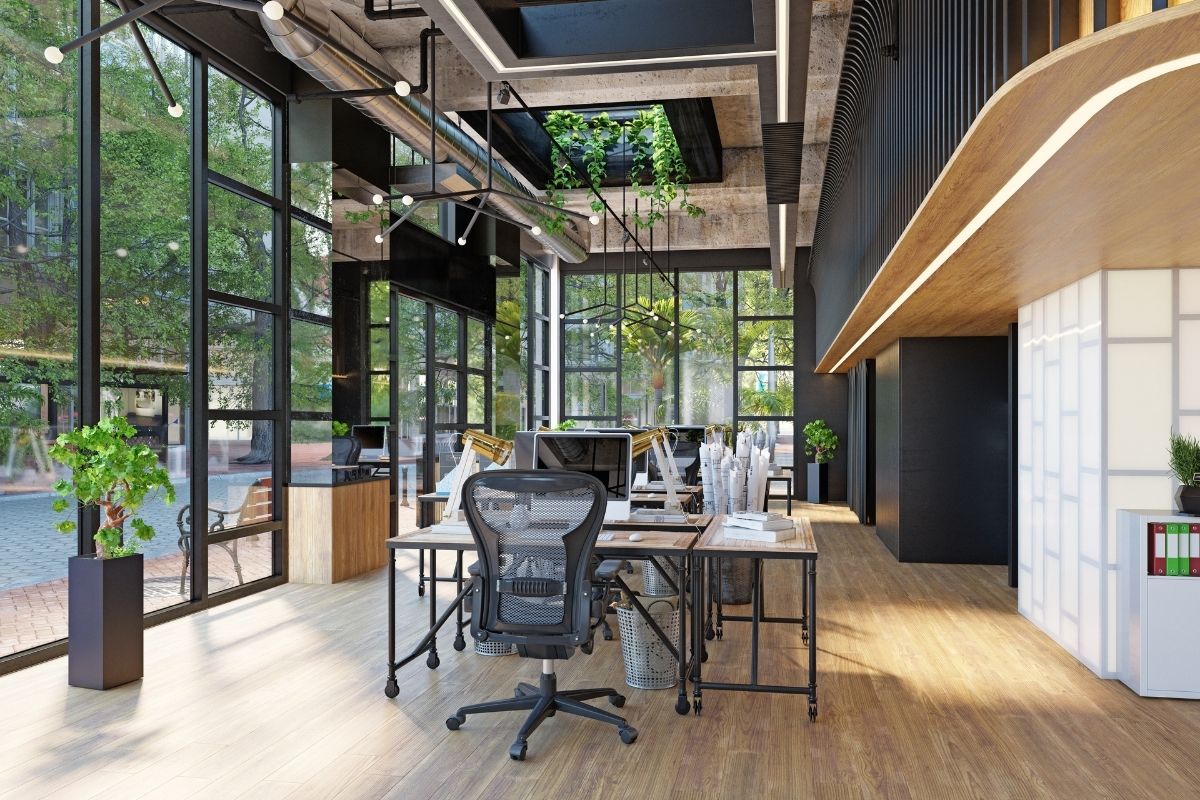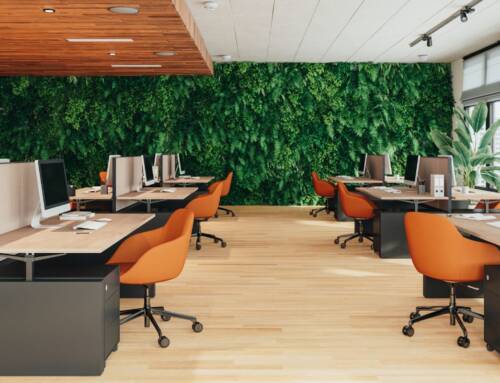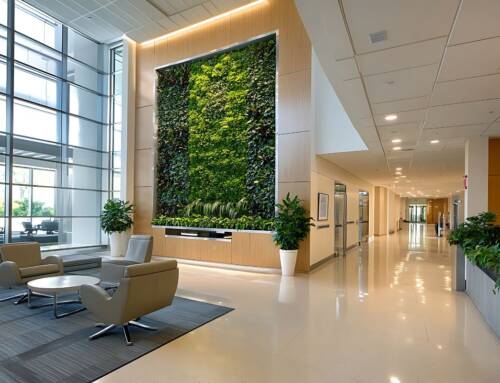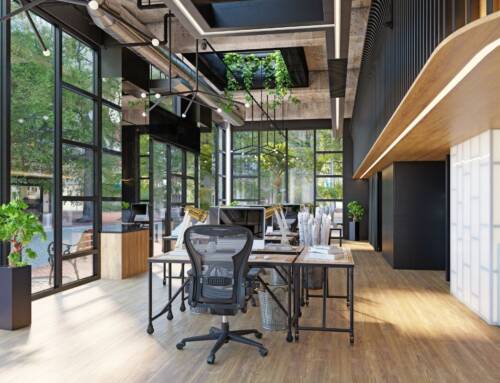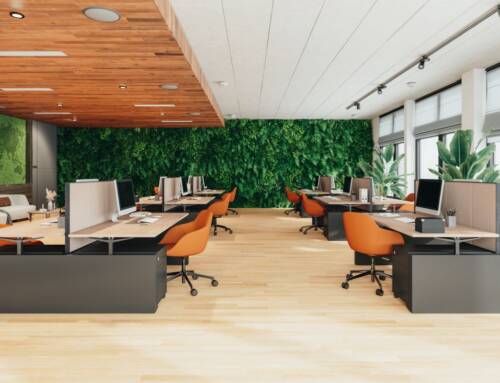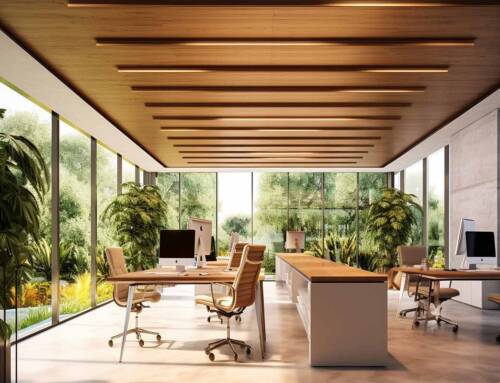Singapore’s office landscape continues to evolve at a remarkable pace, driven by changing workforce expectations, technological advances, and a growing emphasis on employee well-being. As we navigate through 2025, the city-state’s businesses are reimagining their workspaces to accommodate hybrid working models whilst fostering collaboration, creativity, and productivity.
The pandemic fundamentally shifted how we perceive office environments. No longer merely functional spaces, today’s offices must serve as magnets that draw employees back from their home offices, offering experiences that remote work simply cannot replicate. This transformation has given rise to innovative design approaches that prioritise human connection, wellness, and purposeful work environments.
The Current State of Office Design in Singapore
Singaporean offices have undergone a dramatic transformation over the past few years. The adoption of hybrid work models has accelerated, with many companies now operating on flexible arrangements that blend remote and in-office work. This shift has prompted organisations to reconsider their spatial requirements and design philosophies.
Modern Singapore offices are moving away from traditional cubicle farms and rigid hierarchical layouts towards more dynamic, adaptable spaces. The focus has shifted from maximising desk density to creating diverse environments that support various work styles and activities. Companies are investing in quality over quantity, designing fewer but more sophisticated spaces that truly add value to the employee experience.
Five Emerging Trends Shaping Singapore’s Office Design
1. Biophilic Design: Bringing Nature Indoors

Biophilic design has evolved from a passing trend to a fundamental design philosophy in Singapore’s office spaces. This approach integrates natural elements, materials, and patterns into the built environment, creating a harmonious connection between indoor and outdoor spaces.
Leading Singapore companies are implementing biophilic design through living walls, indoor gardens, natural timber finishes, and maximised natural light. These elements serve multiple purposes: they improve air quality, reduce stress levels, and create visually appealing environments that enhance employee well-being. For comprehensive insights on implementing these natural elements, explore these biophilic design trends for office spaces.
The benefits are substantial. For Singapore businesses operating in dense urban environments, these natural elements provide essential respite from the city’s concrete jungle, helping to reduce stress levels and improve overall employee well-being.
2. Agile and Flexible Workspaces
The concept of agile workspaces has gained significant traction in Singapore, reflecting the need for environments that can adapt to changing work patterns and team dynamics. These spaces feature modular furniture, moveable partitions, and technology infrastructure that supports rapid reconfiguration.
Modern Singapore offices are incorporating activity-based working principles, creating distinct zones for different types of work: collaborative areas for team projects, quiet zones for focused work, social spaces for informal interactions, and meeting rooms equipped with advanced technology for hybrid meetings.
This flexibility allows companies to optimise their space utilisation whilst accommodating the diverse needs of their workforce. The benefits include improved space efficiency, enhanced collaboration, and greater employee satisfaction through choice and autonomy.
3. Smart Office Technology Integration
Singapore’s reputation as a smart city extends naturally to its office environments. The integration of Internet of Things (IoT) devices, artificial intelligence, and advanced building management systems is creating more responsive and efficient workplaces.
Smart offices in Singapore now feature automated lighting and climate control systems that adjust based on occupancy and time of day. Desk booking systems allow employees to reserve workspaces through mobile apps, whilst advanced analytics provide insights into space utilisation patterns. Some offices have implemented contactless technologies, from entry systems to lift controls, enhancing both convenience and hygiene.
These technological advances contribute to sustainability goals whilst improving the user experience. They enable better resource management, reduce operational costs, and create more comfortable working conditions.
4. Employee Well-being and Mental Health Focus
The emphasis on employee well-being has become paramount in Singapore office design. Companies are recognising that supporting mental health and physical wellness directly impacts productivity, retention, and overall business performance.
Contemporary Singapore offices incorporate dedicated wellness areas, including meditation rooms, fitness facilities, and outdoor terraces. Ergonomic furniture is standard, with height-adjustable desks and supportive seating becoming the norm rather than the exception. Sound management through acoustic panels and strategic zoning helps create peaceful environments conducive to concentration.
The inclusion of quiet zones and phone booths addresses the need for privacy in open-plan environments, whilst breakout areas and social spaces encourage informal interactions and stress relief. These design elements demonstrate a company’s commitment to employee welfare, which is increasingly important for talent attraction and retention.
5. Sustainable and Eco-Friendly Design
Sustainability has become a core consideration in Singapore office design, driven by both environmental consciousness and government initiatives promoting green building practices. Companies are adopting circular economy principles, choosing sustainable materials, and implementing energy-efficient systems.
Local businesses are increasingly specifying recycled and renewable materials, low-VOC paints and finishes, and energy-efficient lighting systems. Water conservation measures, waste reduction strategies, and green certification pursuits are becoming standard practice. Singapore’s Building and Construction Authority (BCA) Green Mark certification provides a comprehensive framework for creating healthier, more sustainable workplaces. For detailed guidance on implementing these practices, businesses can explore sustainable office design strategies that align with Singapore’s environmental goals.
Beyond environmental benefits, sustainable design often results in healthier indoor environments and can significantly reduce operational costs over time. For Singapore companies, demonstrating environmental responsibility also enhances brand reputation and supports corporate social responsibility objectives. The BCA-HPB Green Mark for Healthier Workplaces programme recognises companies that prioritise employee wellness through environmental design.
Impact on Productivity and Employee Well-being
The integration of these design trends creates a powerful synergy that positively impacts both productivity and employee well-being. Biophilic elements and natural light improve mood and cognitive function, whilst flexible workspaces enable employees to choose environments that match their tasks and preferences. Understanding the key elements of effective office interior design is crucial for achieving these benefits.
Smart technology reduces friction in daily work processes, allowing employees to focus on value-adding activities rather than administrative tasks. Well-designed acoustic environments minimise distractions, whilst comfortable, ergonomic furniture supports physical health during long working hours.
The provision of various work settings—from collaborative areas to quiet zones—acknowledges that different tasks require different environments. This variety helps maintain engagement and prevents the monotony that can arise from single-function spaces.
Considerations for Singaporean Businesses
When implementing these design trends, Singapore businesses should consider several local factors. Space constraints in prime locations require creative solutions to maximise functionality without compromising comfort. The tropical climate necessitates robust air conditioning systems and materials that can withstand high humidity levels.
Cultural considerations are equally important. Singapore’s multicultural workforce may have varying preferences for privacy, hierarchy, and social interaction. Designs should accommodate these differences whilst promoting inclusivity and collaboration.
Budget considerations often require phased implementation approaches. Companies can start with high-impact, low-cost interventions such as adding plants, improving lighting, or creating flexible furniture arrangements before investing in major renovations or technology upgrades. For inspiration on innovative approaches, explore these creative office design concepts that demonstrate effective solutions for various budget ranges.
Future Outlook
Looking ahead, Singapore’s office design landscape will likely continue evolving towards more personalised, data-driven environments. Artificial intelligence will play an increasingly important role in optimising space utilisation and creating responsive environments that adapt to individual preferences and work patterns.
The concept of the office as a service platform will strengthen, with spaces designed to provide experiences and services that enhance productivity and well-being. Virtual and augmented reality technologies may begin to play larger roles in creating immersive work environments and facilitating remote collaboration.
Sustainability will remain a driving force, with circular economy principles becoming more deeply embedded in design processes. The integration of renewable energy systems, advanced waste management, and carbon-neutral operations will become standard expectations rather than premium features.
As Singapore continues to position itself as a global business hub, its office environments will need to attract and retain top talent from around the world. This means creating spaces that not only support productivity but also reflect the city’s innovative, multicultural character.
Conclusion
The office interior design trends emerging in Singapore reflect a fundamental shift towards more human-centric, flexible, and sustainable work environments. By embracing biophilic design, agile workspaces, smart technology, employee well-being initiatives, and sustainable practices, Singapore businesses can create offices that not only meet today’s needs but are also prepared for tomorrow’s challenges. Understanding how office interiors drive business success and exploring green office design ideas can provide valuable insights for decision-makers.
The key to success lies in understanding that office design is no longer just about providing a place to work—it’s about creating environments that inspire, support, and connect people. For Singapore companies ready to transform their workspaces, partnering with experienced office interior design specialists ensures that the investment in thoughtful, trend-conscious design will pay dividends in employee satisfaction, productivity, and long-term business success.

